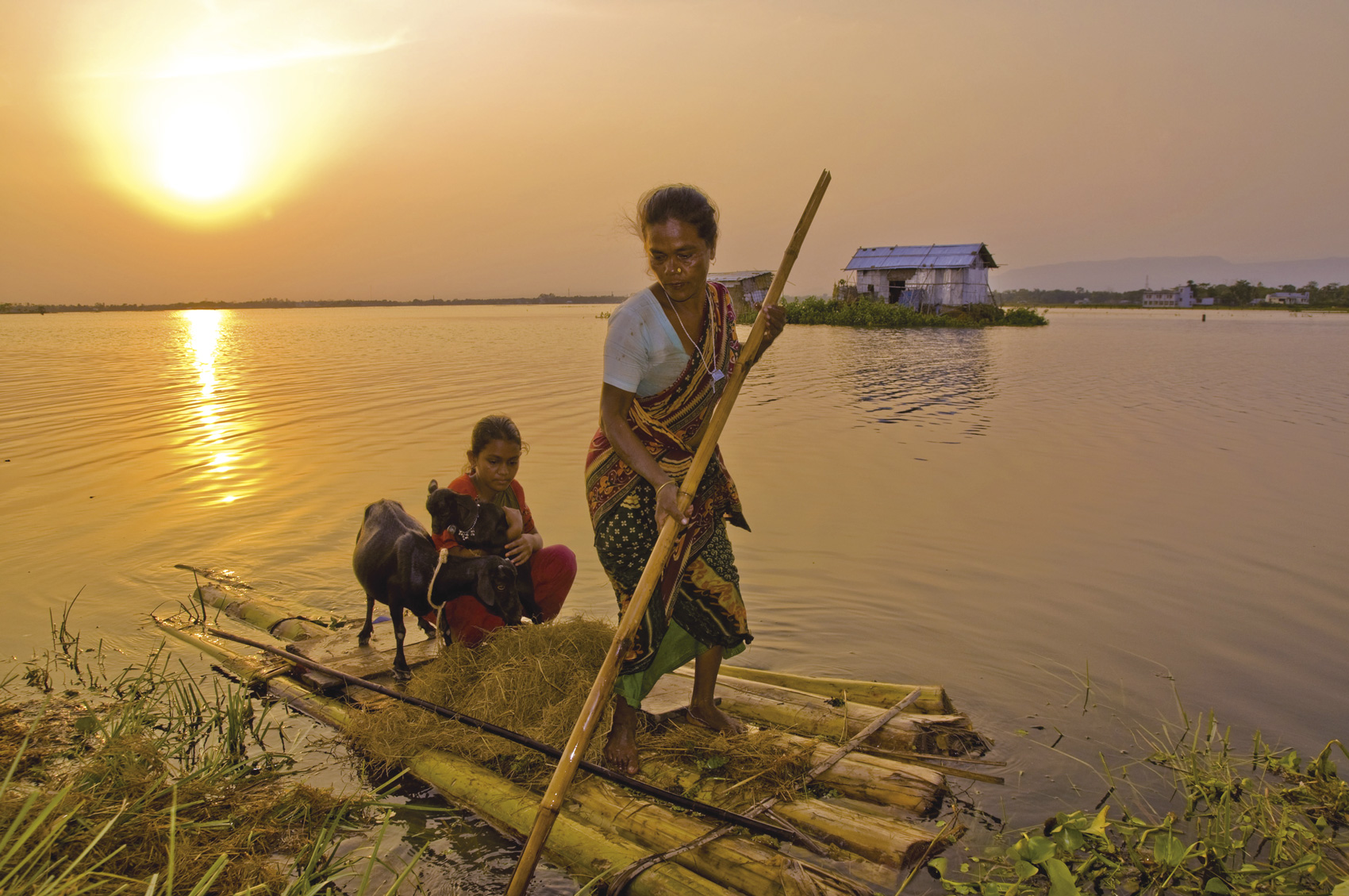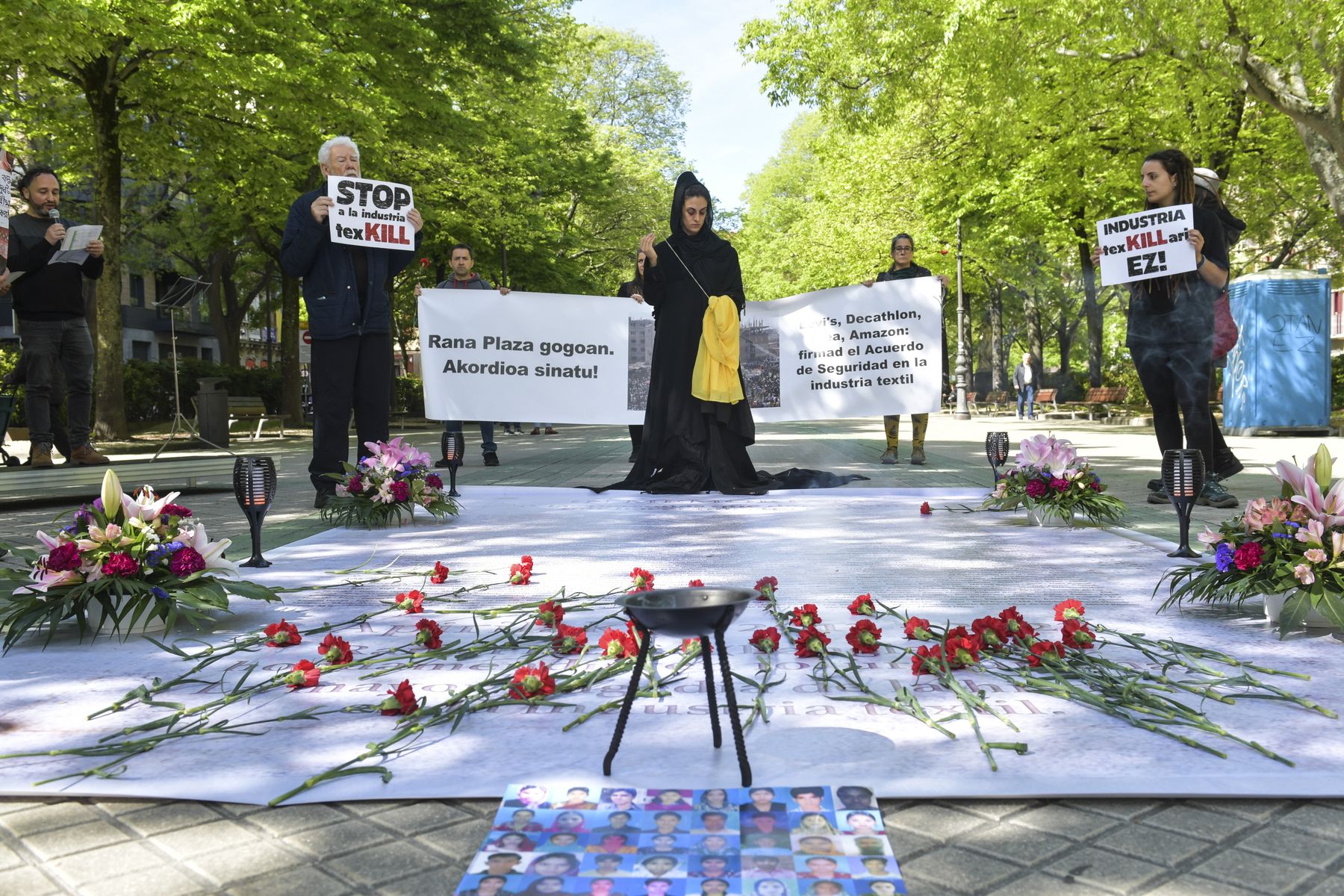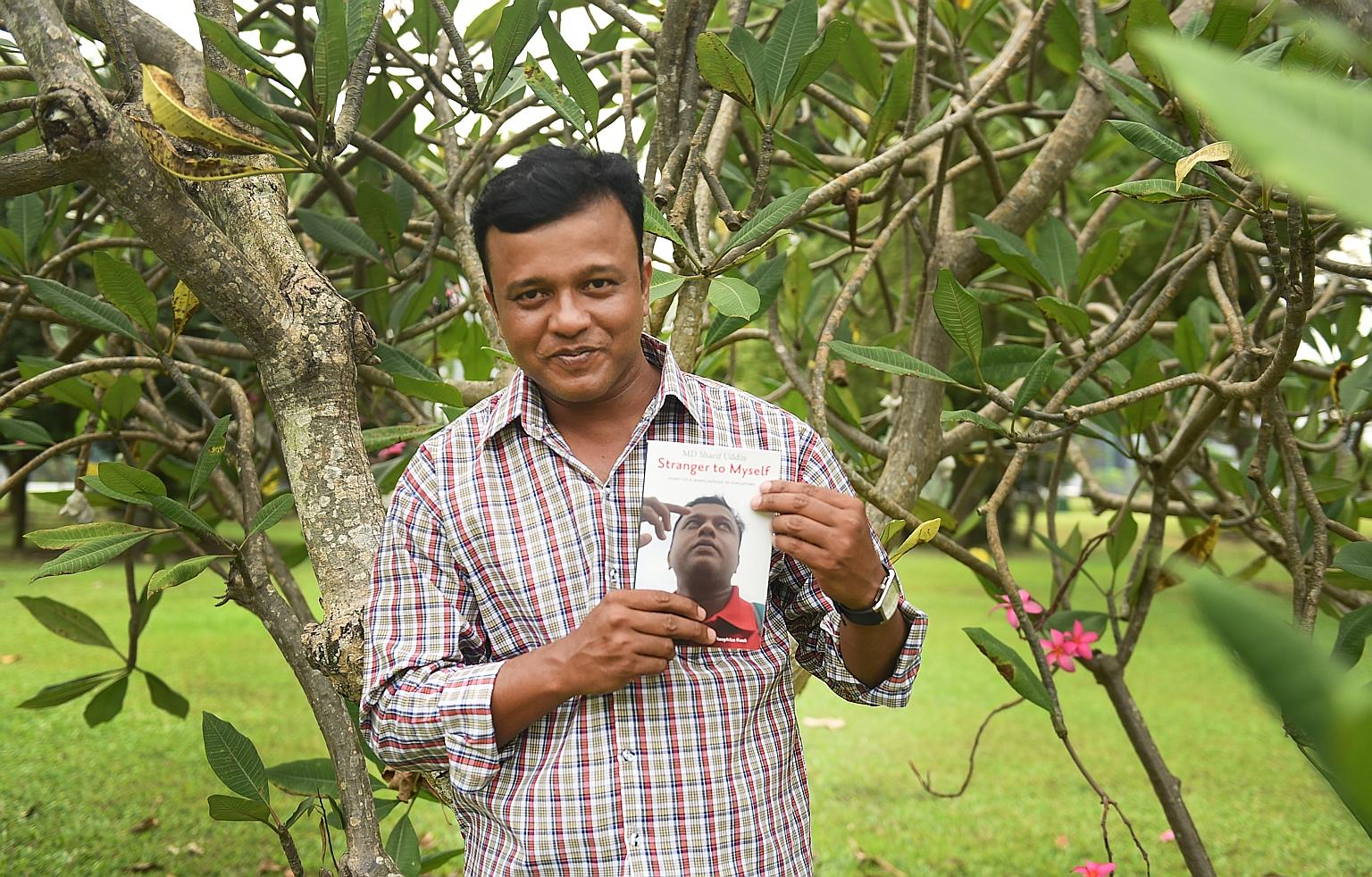The damage to the Bangladeshi leather industry in Baztan
- Baztan’s Public Library is open for The Skin Sector in Bangladesh until Friday. In the afternoon, you can see from 15:00 to 20:00 hours. BBVA Akash is an exhibition of images and testimonies from NGO Setem, by photographer Akash in the Hazaribagh district of Bangladesh, about the working and living conditions of the staff of the said station. They process leather and produce shoes there.

Through twelve panels, it is intended to make visible the influence of the footwear industry on human, labour, children's rights, women's rights, social exclusion and the environment.
In Bangladesh, the leather industry has an annual turnover of EUR 1 billion. This business is based on a high and unsustainable human and environmental cost.
When the photos were taken from this exhibition, the 155 butchers of Hazaribagh poured out 21,600 cubic metres of untreated wastewater each day to the largest river in Daca, Buriganga. This river is the main source of water for some 180,000 inhabitants.
In 2009, the Supreme Court of Bangladesh ordered the transfer of cacerations to an area adapted for the treatment of waste water in this industry, but the deadline was extended several times.
In April 2017, the dismantling of fur supplies was ordered, which has allowed the gradual start of the move.
However, environmental impact is not the only problem to be addressed by this toxic industry. Thousands of workers are exposed every day to chemicals that are extremely dangerous to their health, without proper protection.
The photographs that make up the exhibition were taken by BBVA Akash, an internationally renowned activist and photographer from Bangladesh. Much of its history has been marked by the violation of human rights. Akash has received over 100 international awards.
One of the largest job killings in modern history is 10 years old. Five thousand workers in Bangladesh forced them to work in a clothing factory in a building in disastrous conditions. Thus, on April 24, the Plaza de Rana building was demolished and 1,132 workers died and more... [+]






















